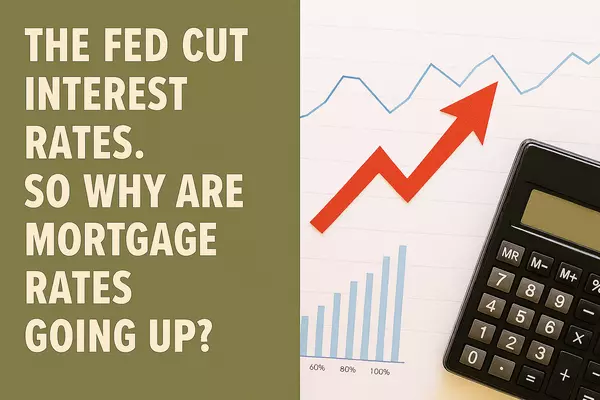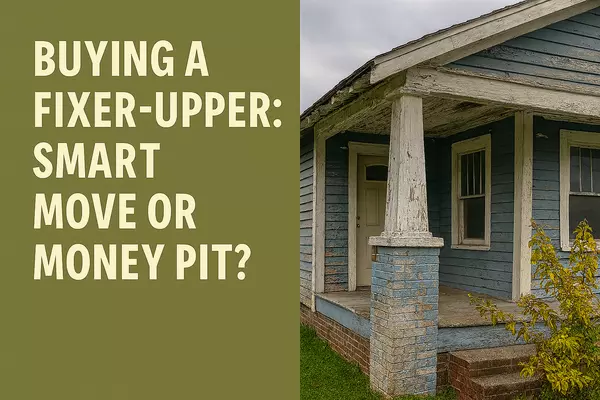Mortgage Rates: Where We’ve Been and Where We Are Now

Mortgage Rates: Where We’ve Been and Where We Are Now
Mortgage rates have played a major role in shaping the real estate market over the past few years. After historic lows during the pandemic, they rose sharply as the economy shifted and inflation took hold. Today, rates have leveled out, creating a more balanced environment for buyers and sellers. Understanding where we’ve been and where we stand now can help you better navigate today’s market and make informed real estate decisions.
Where We’ve Been
Mortgage rates have gone through dramatic changes over the decades, but the past few years have been particularly eventful. In the early 1980s, rates were at record highs, exceeding 15% as the Federal Reserve fought inflation. By contrast, the 2010s brought much lower borrowing costs, with rates averaging around 4% in 2019.
Then came the pandemic, which changed everything. In 2020 and 2021, rates dropped to some of the lowest levels ever recorded. The average 30-year fixed mortgage rate hovered around 2.96% in 2021, spurring a massive wave of refinancing and driving one of the most competitive housing markets in history. Buyers rushed to take advantage of cheap borrowing, and home prices surged nationwide.
However, that period of ultra-low rates was short-lived. In 2022, the Federal Reserve began raising interest rates aggressively to combat inflation. Mortgage rates followed suit, climbing faster than anyone expected. By the end of 2023, 30-year fixed rates had surpassed 6%, and affordability challenges became a central topic in the housing market. For many, the shift was a reminder that the 2–3% mortgage rates of the pandemic were the exception, not the norm.
Where We Are Now
As of fall 2025, mortgage rates have stabilized after two years of volatility. According to recent data from Freddie Mac, the average 30-year fixed mortgage rate is hovering between 6.2% and 6.4%, while 15-year fixed loans are averaging closer to 5.7%. Although these rates are higher than what we saw just a few years ago, they’re well within historical averages.
Individual borrowers may experience slightly different rates depending on their credit score, loan type, down payment, and lender. For example, borrowers with excellent credit and larger down payments can often secure rates below the national average, while first-time buyers or those using low down payment programs may see slightly higher ones.
Rates remain elevated largely because inflation, while improving, has not yet reached the Federal Reserve’s long-term target. The Fed’s commitment to maintaining higher short-term interest rates has kept Treasury yields elevated, and mortgage rates typically move in tandem with those yields. Despite that, the housing market has proven remarkably resilient. Limited inventory continues to support home values, and many buyers are adjusting their expectations to align with today’s rate environment.
What we’re seeing now is a sense of stability returning to the market. The rapid rate jumps of 2022 and 2023 have eased, and both lenders and buyers have adapted to this “new normal.” Homebuyers are beginning to refocus on long-term affordability, creative financing options, and personalized strategies to make ownership possible even in a higher-rate world.
What This Means for Today's Market
While mortgage rates have certainly evolved over the past few years, today’s environment reflects a market that’s finding its balance again. The days of record-low interest rates are behind us, but the unpredictability of rapid rate hikes also appears to be fading. This creates a window of opportunity for buyers who are ready to act and for homeowners looking to make strategic moves.
Recent Posts











Isaac Fairfield
Phone
